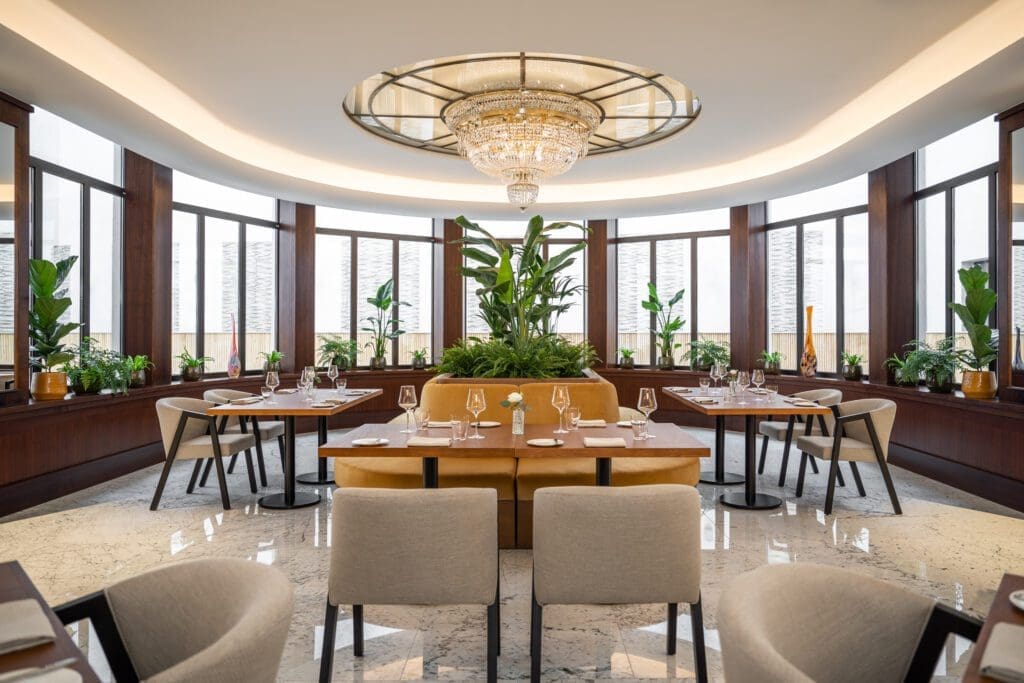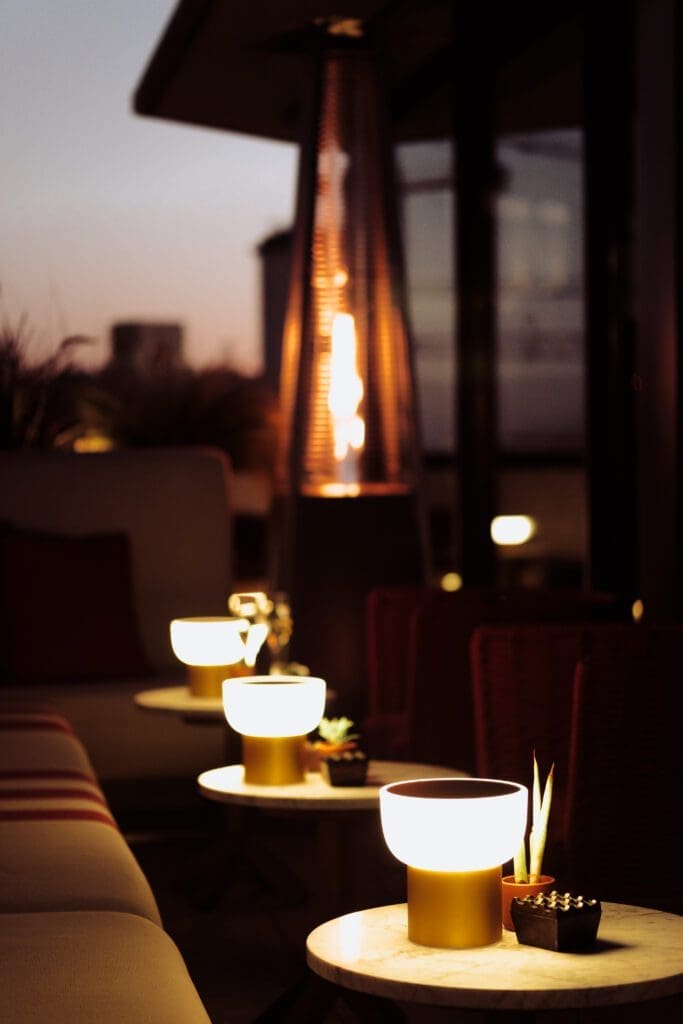Audiences
Trends
Industry
Quiet luxury: What is it and who’s talking about it?
You may have noticed the growing discussion about quiet luxury, sometimes known as silent luxury or stealth wealth.
The rise of brands such as The Row, Bottega Veneta, Max Mara, Celine, Jil Sander, The Elder Statesman, Khaite, Brunello Cucinelli, Loro Piana, Ermenegildo Zegna, Kiton, Brioni and many more are all playing into the need for high quality, well crafted/designed products without the overt branding,
Millennials, Gen Z, and Quiet Luxury
Millennials and Gen Z consumers are increasingly looking for luxury that is both meaningful and sustainable. They are less interested in ‘flashy’ brands, rather they are drawn to luxury brands that align with their values.
But we also know that wealth brackets have changed and with this, the desire for quiet luxury has risen.

DOES QUIET LUXURY APPEAL TO ALL WEALTH BRACKETS?
Within the luxury market there are a number of wealth brackets – in our recent article about luxury audiences types we identified five of these as: Affluent, Wealthy, HNW, UHNW, and Billionaire.
Our recent survey – the luxury wealth report* – highlighted that while those consumers within the Affluent and Wealthy segments (all sub $500k disposable income (excluding primary homes and pensions) still look for labels to flaunt to their peer set as a means to demonstrate their wealth and assumed status, not all wealth audiences behave in the same way.
For High Net Worth (HNW), Ultra High Net Worth (UHNW), and billionaires, the reverse is true.
These segments seek out anonymity. Of course, they still have a predilection for high quality items, but they would rather most people don’t know about their wealth.
Indeed, they very much try to hide it; part of this is buying from brands that understand the need for quiet luxury.
Overall, as these groups’ wealth has grown, so has their public status and hence the need for security. So when away from charitable events and public forums etc. they have a desire for discretion; not to be in the limelight and draw attention to themselves.
WHAT DOES THE DESIRE FOR QUIET LUXURY MEAN FOR HIGH-END BRANDS?
We know that the demand for quiet luxury and the conversations around it are growing, not shrinking.
The next generation are pushing brands to offer them exclusivity, quality, and sustainability but without the badge attached. This in itself is a sign that you ‘get it’ and actually only people in your tribe will understand these values as they buy from the same carefully selected luxury brands as you do. This creates a closed loop to your lifestyle choices that they hope the rest of the high street won’t emulate.
Having said that, we do tend to see a trickle-down effect within wealth brackets. The lower wealth tiers – Affluent and Wealthy – strive to understand and imitate the values and trends within the higher wealth groups of HNW and UHNW.
HOW SHOULD YOUR LUXURY BRAND RESPOND TO GROWING TREND FOR QUIET LUXURY?
High Net Worth Individuals (HNWIs):
- Quality and Craftsmanship: Emphasise the impeccable quality and craftsmanship of your products or services. HNWIs value items that are made to the highest standards and are built to last.
- Exclusivity: Highlight limited editions, bespoke options, or exclusive access. These individuals appreciate items that are not readily available to the general public.
- Personalisation: Offer personalised experiences and customization options to cater to their unique tastes and preferences.
- Networking: Create opportunities for them to connect with like-minded individuals. Events, clubs, or gatherings that bring HNWIs together can be appealing.
Ultra High Net Worth Individuals (UHNWIs):
- Privacy and Discretion: UHNWIs often value privacy. Ensure that your marketing approach respects their need for discretion and confidentiality.
- Unique Experiences: Offer one-of-a-kind experiences or products that align with their individual interests and passions.
- Philanthropy: Highlight philanthropic efforts and social responsibility initiatives, as many UHNWIs are actively involved in charitable work.
- White-Glove Service: Provide exceptional, personalised service and cater to their specific preferences. Concierge-style services can be a major selling point.
In all cases, it’s imperative to understand your target audience’s preferences, values, and lifestyle. Research and segmentation can assist you in tailoring your marketing strategy to meet the needs and aspirations of your customers. Authenticity, sustainability, and ethical practices can also be powerful tools in appealing to a wide range of wealth brackets, since these elements are often aligned with quiet luxury principles.
Lots of brands will be considering the needs of consumers around peak season, for example Christmas; and not forgetting, Black Friday. If you’re wondering whether Black Friday is appropriate for your luxury brand, or indeed how to take advantage of this global sales event without cheapening your brand, take a look at our recent article.
If your interested in this or how we can target consumers through the use of quiet luxury and tapping into wider consumer trends then please get in touch

